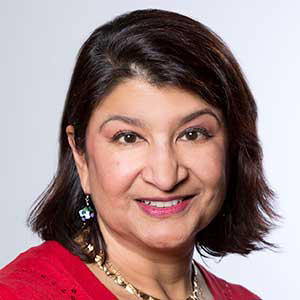
Rita Agarwal, MD
Clinical Professor
Pediatric Anesthesia
Stanford Hospital
Anesthesia Department
300 Pasteur Drive, Rm H3580
Stanford, CA 94305
Phone:
(650) 723-4000
Fax:
(650) 721-4264
Locations

Anesthesia Department
300 Pasteur Drive, Rm H3580
Stanford, CA 94305
Phone : (650) 723-4000
Fax : (650) 721-4264
Work and Education
Professional Education
Baylor College of Medicine, Houston, TX, 05/30/1986
Residency
Baylor College of Medicine Anesthesiology Residency, Houston, TX, 06/30/1990
Fellowship
Childrens Hospital of Colorado Pediatric Anesthesiology Fellowship, Aurora, CO, 06/30/1991
Internship
Baylor College of Medicine Surgery Residency, Houston, TX, 06/30/1987
Board Certifications
Anesthesia, American Board of Anesthesiology, 1992
Pediatric Anesthesia, American Board of Anesthesiology, 2013
Languages
English
Farsi
Connect with us:
Download our App: